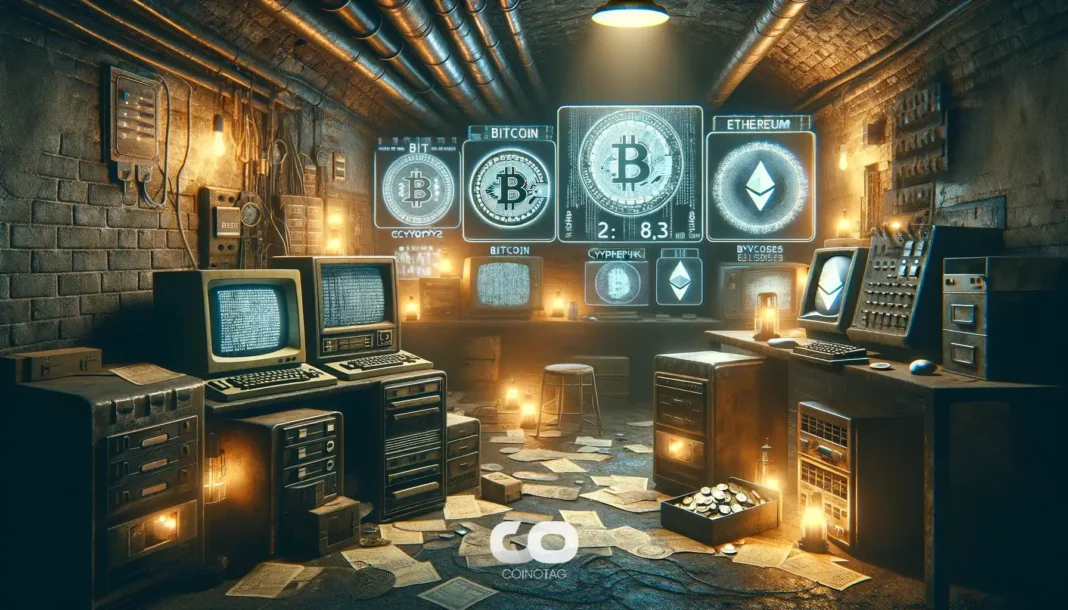-
Ethereum co-founder Vitalik Buterin has unveiled a strategic roadmap aimed at optimizing layer-2 networks amid rising concerns about ETH’s price and value.
-
Buterin addressed the pressing need for layer-2 solutions to align better with Ethereum’s broader economic framework, emphasizing that without significant adjustments, the ecosystem could face severe financial implications.
-
In his recent blog post, Buterin stated, “We should think explicitly about economics of ETH,” highlighting the necessity for a proactive approach to maintain Ethereum’s value in a layer-2-heavy landscape.
Vitalik Buterin outlines a critical roadmap for Ethereum’s layer-2 networks to enhance ETH’s price stability and decentralization, ensuring long-term asset value.
Layer-2 Solutions: A Double-Edged Sword for Ethereum
The rise of layer-2 (L2) networks offers Ethereum users lower gas fees and faster transactions, yet it introduces challenges that threaten to destabilize the core asset, ETH. Vitalik Buterin candidly revealed that the proliferation of these networks could hurt ETH’s value, noting that their influence could amount to trillions of dollars in lost capitalization over the coming years.
As Buterin explained, while L2s enhance user experience through reduced fees, they potentially hinder Ethereum’s deflationary intentions by complicating token burning mechanisms. This scenario contributes to a stagnant price for ETH amidst the booming cryptocurrency market, raising legitimate concerns among investors.
The Economic Implications of Layer-2 Networks
Buterin’s insights underline a significant issue; the economic structure of ETH must adapt to the layer-2 landscape. He stressed the importance of ensuring that ETH continues to accrue value even as these networks gain traction. “We need to ensure that value accrual happens in various models,” Buterin commented, suggesting that L2s could incorporate mechanisms to either burn fees or stake ETH in support of the broader ecosystem.
This proactive approach aims to find a balance that supports the growth of L2s while safeguarding the intrinsic value of ETH. Additionally, Buterin acknowledged the importance of enhancing interoperability among different layer-2 solutions to unify the experience across Ethereum’s diverse ecosystem.
Urgency in Standardizing Cross-Chain Features
As Ethereum scales, the need for a standardization of cross-chain functionalities has never been clearer. Buterin called on layer-2 developers to prioritize security and to eliminate potential censorship risks associated with private implementations of these networks. The incident involving Linea, a layer-2 solution that temporarily halted all on-chain activity to prevent a multi-million dollar hack, serves as a cautionary tale for the community. This sparked outcry over the centralization perceived in an otherwise decentralized platform.
“We should stay the course, [and] continue to scale primarily through L2s, but make sure that L2s actually fulfill the promise that they were meant to fulfill,” Buterin insisted, reflecting on the need for rapid progress in the development of these critical infrastructure aspects.
Future Upgrades: Paving the Way for Enhanced Functionality
Looking ahead, Ethereum’s upcoming Pectra upgrade, slated for March, promises to expand the capacity for “blobs”—a novel data storage solution introduced in the Dencun update. Buterin emphasized that Ethereum’s core developers should focus on increasing blob storage rather than diversifying features that may detract from performance and efficacy. This direction is framed as crucial for enhancing transaction capabilities and facilitating growth within the ecosystem.
Furthermore, Buterin’s call to prioritize features that directly contribute to the network’s speed and efficiency illustrates a shift in Ethereum’s developmental focus, one that seeks to fortify its position against rising competition in the blockchain space.
Conclusion
In conclusion, Vitalik Buterin’s roadmap for Ethereum’s layer-2 networks emerges as a critical action plan that addresses the intersection of economic stability and innovative scaling solutions. With a clear emphasis on enhancing security, standardization, and efficient resource allocation, the foundation for Ethereum’s future resilience is being laid. As the landscape evolves, Buterin’s “wartime” approach signals a readiness to confront challenges head-on and adapt the framework to ensure ETH not only remains relevant but thrives in a competitive environment.






